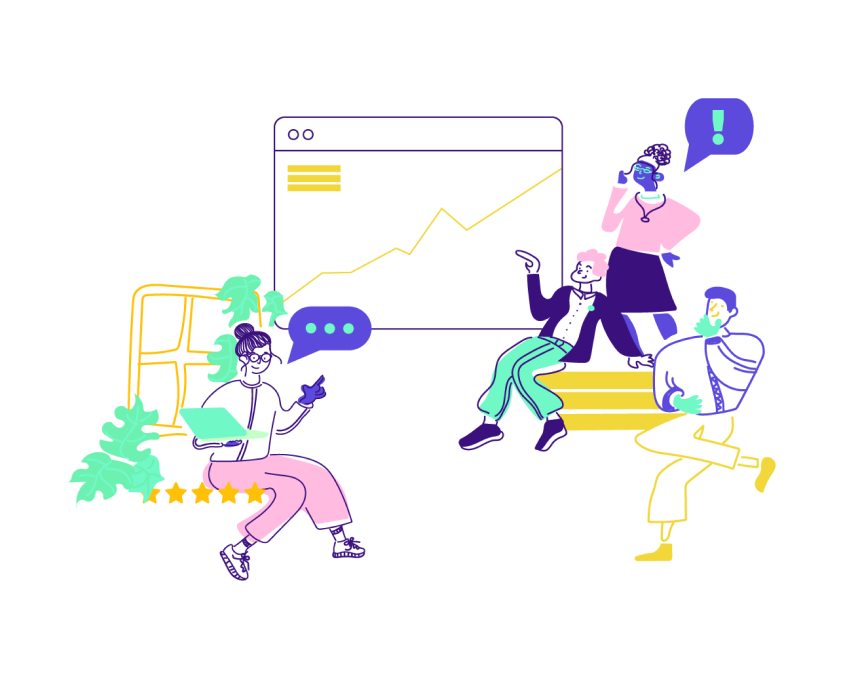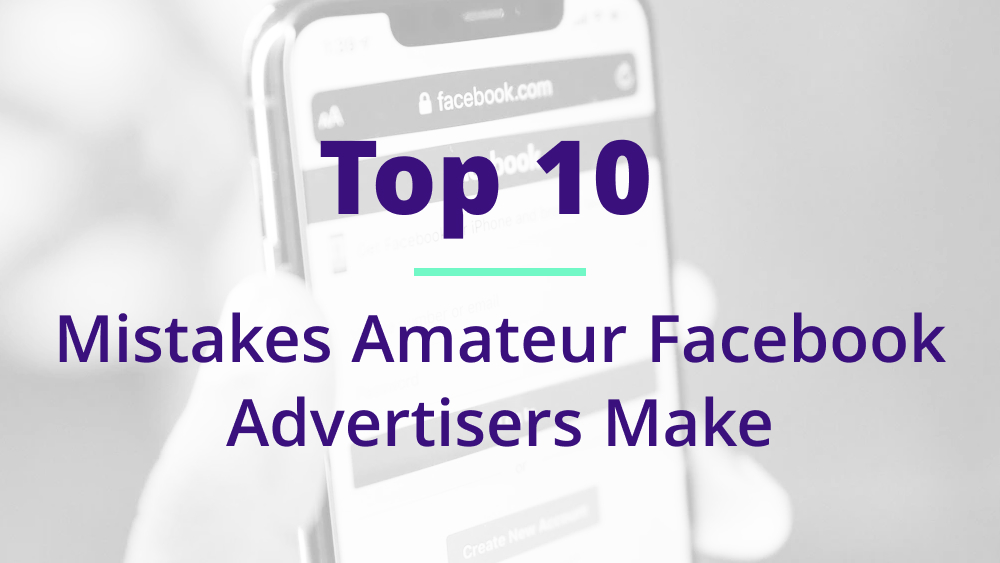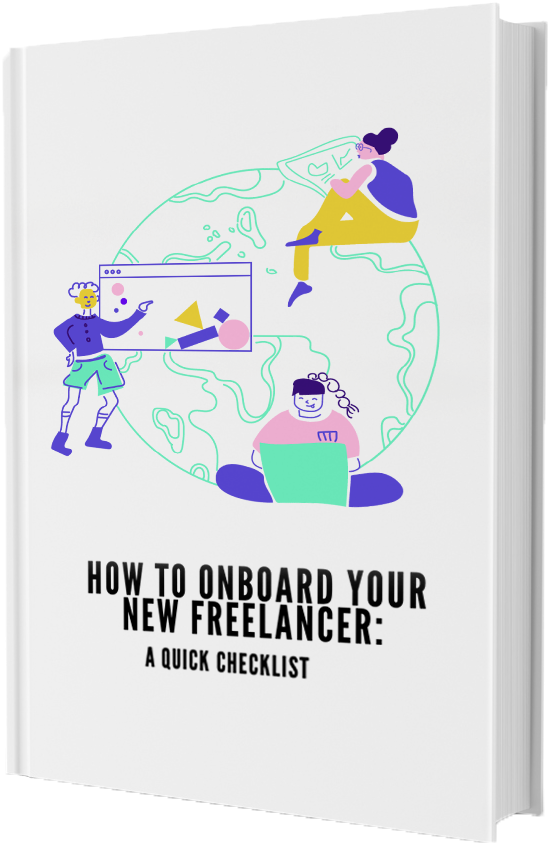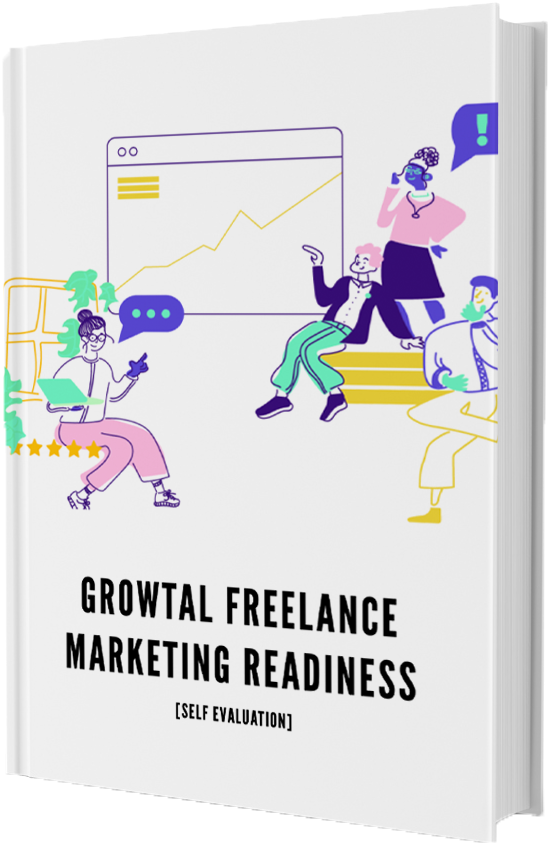With 2.85 billion people logging into and using the platform every month, Facebook remains one of the best social channels you can leverage when trying reach and nurture a customer base.
But it doesn’t come without challenges.
If you’re new to Facebook advertising, one thing you’ll learn early on is that mistakes are easy to make and expensive to learn from.
Before getting too far into the process, prepare yourself by reviewing our list of the top 10 mistakes most amateur Facebook advertisers when launching ads on the platform:
1. Short-Sighted Strategy
It’s incredibly easy to lose yourself in the weeds when it comes to advertising on Facebook.
“I need to launch this ad.”
“I need to optimize this campaign.”
“I need to tweak this audience.”
These are all things you think about early on, and it’s true, all of these things are important factors that will help drive you toward success. But if you’re only thinking about now and not planning for the bigger picture, you’re going to have a hard time getting value out of the platform in the long run.
The most important question you need to ask yourself when investing in Facebook ads is simply, “why?”
Before setting your budget or selecting your audience, you need to really take time to think about and understand what you’re aiming for, what your long-term goal is, and how you plan on getting there.
Is your goal quick growth to gain market share and box out competitors? Or is it profitability that you can leverage when pitching investors on your vision?
You must tie each of your smaller-term goals (target costs, ROAS, etc.) to a longer-term vision in order to dictate the things that need to get done today.
2. Upper-Funnel Focus
Oftentimes, amateur Facebook advertisers will build strategies that focus on Upper-Funnel objectives like traffic, page likes, or engagement. It’s a waste of money.
Facebook is already an expensive platform relative to its higher-intent counterparts (SEM) since you’re essentially trying to sell services to people who aren’t actively looking.
When you combine a passive-search intent with a vanity-metric approach, you’re unlikely to drive success in a meaningful way for your business.
Facebook excels in delivering impact to businesses through its machine learning and algorithms, which leverage conversion data to optimize your delivery to those who are most likely to resonate with or purchase your product.
While higher-funnel-focused objectives can be great to leverage from a branding perspective, paid digital marketers are much better off building ad campaigns based on performance-based metrics surrounding growth, profitability, and learnings.
3. Neglecting the Importance of Creative
A lot of first-time Facebook advertisers but the importance of campaign set up and structure over ad creative. This is a mistake. If you neglect creative and copywriting, no amount of campaign optimization is going to help you yield the results you want.
Facebook advertising is competitive—companies are fighting for the attention and trust of users, and the ones with the best creative and the best copywriting are the ones who are most likely to win.
That being said, you can’t lean too far on the creative side to the point where you aren’t thinking strategically about how your ads are set up.
To maximize performance and build a strategy that can scale with your business, you need to balance both campaign structure AND creative.
4. Unclear Goals
Spending money on Facebook ads just because you believe bringing in revenue will solve all your problems is not the best approach to take and here’s why:
Oftentimes, you don’t know how much revenue is being generated.
What is your average customer LTV? What is the average size of your basket? If you’re a subscription company, how many months do you retain clients until they churn?
People who are new to Facebook advertising usually struggle with two things when it comes to goal-setting.
-
They don’t truly understand a customer’s worth. Here’s an example: if the sale of your good (without any manufacturing/shipping costs) is $5 and you set your customer acquisition goal on Facebook at $4.99 (for that super high ROAS of 1.002) in order to maximize growth, but your average customer actually purchases 3 times from you, you are operating inefficiently. You should have your CAC goal set at $15.
-
They don’t realize how important reducing churn is. The easiest way to generate revenue is to protect it. If your customers are using your product once or a few times before churning for good, it’s highly likely that you need to fix your product or customer journey.
5. Too Much Tinkering
Another big mistake that we see a lot of amateur Facebook advertisers make is they try to adjust campaigns too often or in too many ways after they launch. This can be incredibly tempting to do as you watch results come in live, but too much tinkering will only hurt you in the end.
Your ads need to run fully through the learning phase in order to give Facebook the data it needs to optimize performance and delivery on your ads. The more tinkering you do to your ads, the longer it will take Facebook to learn. When you pause an ad that hasn’t exited the learning phase, for example, learning has to start over when you resume your ad.
6. Convoluted Campaigns & Too Many Tests
When it comes to building ad campaigns on Facebook, it’s best to keep things simple. This applies to everything from your audience, your visuals, your text, and your testing. Overly complex ads do not perform better than simple ads.
You can also run into problems when you over-test early on. When starting out, you'll feel like you want to test the world—10 audiences and 50 different creatives. But you need to balance that against your budget. If you have $5,000 to spend for the month, it's unlikely you'll be able to set everything live that you'd like to.
Test slowly and get just enough data to inform the next steps before moving on.
We help clients navigate this by creating testing roadmaps for them—a testing roadmap is perfect for helping with the messiness and complexities we often see amateur Facebook advertisers get themselves into.
7. Low Budgets
If you’re not willing to spend enough budget running an initial ad campaign on Facebook, you might as well dedicate the budget elsewhere. While it’s true that you can spend as little as $10 per day on an ad, in order to test and understand the viability of the channel, you should expect to spend much more on an initial campaign. Your actual budget will likely look a lot different than this depending on things like CPA, CPC, and your overall revenue goals for the campaign. To get a better idea of what you should be spending, reach out to us.
8. Not thinking about Facebook’s place in your marketing stack
We’re often pushed by clients coming into the fold to kickstart their Facebook campaigns, help them scale, figure out what they can do on paid social, etc. The usual context that we’re missing is, how does Facebook tie into your holistic marketing efforts?
Facebook (and most paid social) is incredibly high-funnel marketing, meaning, we’re targeting folks with ads who aren’t actively searching for the products we’re selling. There is less “intent” behind the action of the user when they see our ad in their feed.
Let’s compare this to email marketing. Users who have opted into your email list or newsletter have already shown some form of interest, engagement, or “intent” in using or learning more about your product. When the email reaches their inbox, they’re more likely to resonate with and engage further.
Let’s take this to the next level, which would be paid search engine marketing (SEM) on the behemoth, Google. A user who types into their search bar “Price of Nike Lunarlon+free run omega shoe” is showing clear PURCHASING “INTENT” with this action. It’s why when comparing your channel’s effectiveness, it’s likely you’ll see lower CAC’s (cost to acquire a customer) from higher-intent marketing channels like Paid Search.
The flip side is that bidding for SEM and specific keywords can be limited—your general demand will not be going up. This is where a “higher in the funnel, lower intent” platform like Facebook really excels. You can reach users who have never seen or know very little about your product, educate them, create awareness, and ultimately push for purchases from a group that otherwise would never seek your product out on their own.
This form of marketing can be harder and more expensive, but the scalability is limited only by your relevant target audience.
9. Inaccurate Insights
One of the most costly and time-consuming mistakes we see amateur Facebook advertisers make is drawing inaccurate insights from the data to make “informed” decisions.
Example: Your cost to acquire a customer (CAC) goes up 10% this week. Digging in, you find that CAC for male purchasers stayed flat, but female purchasers went up 20%.
The conclusion? Female purchasers are expensive. So you shift your budget from 50/50 spend between genders to 60/40 in favor of male targeting.
Then three months later, you shift the majority of your budget over to males. Now you’re spending 90/10 male/female, and CAC’s are closer to what they were before the spike, but not quite there.
Where did we mess up?
What you find out later after digging into the data is this:
Yes, female CAC went up during this time frame, however, the spike was exclusively in women aged 20-30 (we’ll say CAC spiked 180%). In the rest of the age breakdowns in female purchasers (31-40, 41-50, 51-60, 61+), CAC actually dropped by 40% in each group!
So yes, overall female CAC increased by 20%, overall CAC increased by 10%, but the correct decision here was to cut/limit spend or figure out a new strategy for the 21-30 age range of females, not drop overall female targeting spend to 10% of overall marketing budget. We would’ve seen massive success overall if we had done a bit more due diligence.
As you can see in this example, you have to really understand how to read and act on insights to be an effective Facebook advertiser.
10. Under-Leveraging Unique Features
Social advertising novices tend to miss out or under-leverage a lot of unique and valuable features that Facebook has to offer. This includes things like:
Dynamic Creative Optimization (DCO): Dynamic creative allows you to automatically maximize the performance and value of your ads. To use this feature, you give Facebook up to 10 images/videos and 5 of each text asset you want them to consider. The machines do the rest of the work by ensuring that the right ad creative combinations are reaching the right people.
Collection Ads: An ad format that features one primary photo or video with four smaller images below, organized in a grid pattern. This creates a store-like presentation that encourages users to browse and look through multiple products at once.
Retargeting Buckets: Retargeting allows you to create custom audiences for targeting people who have viewed your website but not added to cart, added to cart but not initiated checkout, purchased, purchased multiple times, purchased with high order value, etc.
Wrapping Up
Facebook advertising can be a great channel to use when you want to grow your audience or take your business to the next level. If you want to move fast without having to worry about making any of the costly or time-consuming mistakes we outlined above, consider hiring an experienced Facebook advertiser from the GrowTal network.
Reach out to us to get started—we’ll help connect you to the right person for your business.







Leave Comment